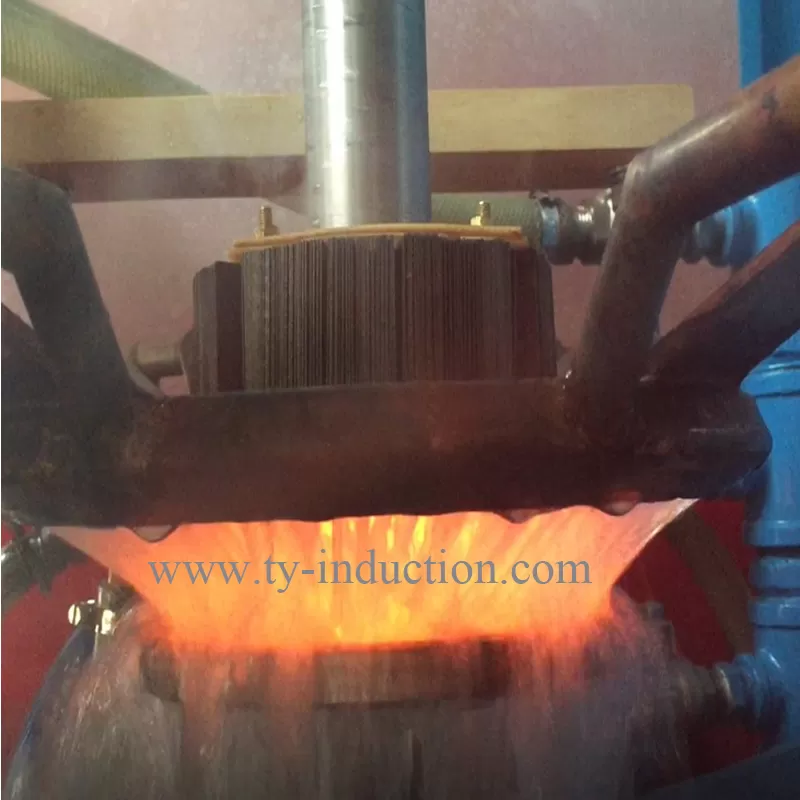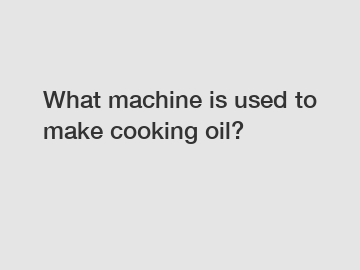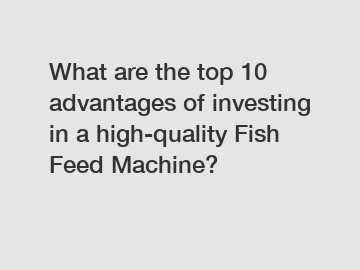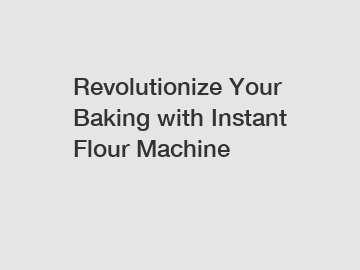How Does Induction Hardening Equipment Work?
In the realm of metallurgy and manufacturing, the efficiency and effectiveness of processes are paramount. One such crucial process is induction hardening, a technique that imparts exceptional hardness and durability to metal components. In this comprehensive guide, we delve into the intricacies of induction hardening equipment, unraveling the mysteries behind its functionality and highlighting its indispensable role in modern industrial applications.
What is Induction Hardening?
Induction hardening is a heat treatment process that strengthens the surface of metal components. Unlike traditional methods, such as carburizing or flame hardening, induction hardening is a rapid and localized process. It involves the use of high-frequency induction heaters to heat specific areas of a metal part quickly.
The Induction Heating Principle
At the core of induction hardening lies the principle of electromagnetic induction. The equipment generates a high-frequency alternating current (AC), passing it through a copper coil. This induces a magnetic field around the coil, creating a flow of eddy currents within the metal workpiece.
The Induction Hardening Equipment Demystified
High-Frequency Power Supply
Induction hardening machine is equipped with a sophisticated high-frequency power supply. This supply generates the alternating current necessary for the induction process. The frequency of the current is a critical factor, determining the depth of the hardened layer.
Inductor Coil Design
Crafting a tailored solution for each application, the inductor coil is pivotal in the induction hardening process. The coil's design and configuration are optimized to achieve precise heating patterns, ensuring uniform hardness across the treated surface.
Quenching Systems
Following the induction heating, the metal component must undergo rapid quenching to achieve the desired hardness. Quenching systems, integrated into the equipment, employ various mediums such as water, oil, or polymers to cool the heated surface swiftly.
Automated Control Systems
Modern induction hardening equipment incorporates advanced automated control systems. These systems monitor and regulate parameters like power output, heating duration, and quenching intensity, ensuring consistency and repeatability in the hardening process.
Things to note when using an ozone generator
What Are the Basic Requirements of Food Packaging?
Definition and Working Principle of Electric Actuators
Maximizing the Lifespan of Electric Wheel Loader Batteries: Top Maintenance Tips
Sustainable Construction: Revolutionizing Emissions with Electric Dump Trucks
What Are the Classifications of Packaging Machines?
Can wheat flour milling machines process other grains?
Advantages of Induction Hardening Equipment
Precision and Consistency
Induction hardening stands out for its precision and consistency. The localized heating and controlled quenching result in a hardened surface with minimal distortion to the overall geometry of the component.
Reduced Energy Consumption
Compared to traditional hardening methods, induction hardening is more energy-efficient. The rapid and localized heating minimizes energy wastage, making it an environmentally friendly choice for manufacturers.
Increased Productivity
The efficiency of induction hardening equipment translates to increased productivity in industrial settings. Faster processing times and reduced cycle times contribute to enhanced overall manufacturing efficiency.
Applications Across Industries
Automotive Components
Induction hardening finds extensive use in the automotive industry, where components like gears, shafts, and camshafts require precise hardening for optimal performance and longevity.
Aerospace Components
In aerospace applications, critical components such as turbine blades and landing gear undergo induction hardening to meet stringent quality and durability standards.
General Engineering
From bearings to machine tool components, induction hardening caters to a wide array of general engineering applications, ensuring enhanced wear resistance and longevity.
Conclusion
In conclusion, the prowess of induction hardening equipment lies in its ability to elevate the standards of metal component manufacturing. The precision, efficiency, and versatility offered by this technology make it an indispensable asset across various industries. As we navigate the complexities of modern manufacturing, induction hardening stands tall as a beacon of innovation, reshaping the landscape of heat treatment processes.
Related links:What Are the User Groups in the Machinery Industry?
Comparing Pet Recycling Machines and Tire Shredder Machines
Top 10 tips for purchasing concrete lintel making machines?
What size of concrete lintel do I need?
How Does Air Source Heat Pump Heating Work?
What are the benefits of the oil press machine?
Is beef jerky safe for my dog to eat?
267
0
0
Related Articles
-
217
0
0
-
216
0
0
-
What is the difference between screw press and hydraulic press?
What is the difference between screw press and hydraulic press?
210
0
0
-
What are the top 10 advantages of investing in a high-quality Fish Feed Machine?
Investing in a high-quality fish feed machine can bring numerous benefits to fish farmers.
220
0
0
-
Is Shea Butter Tea Seed Oil Extraction Machine Worth the Investment?
### Is Shea Butter Tea Seed Oil Extraction Machine Worth the Investment?
210
0
0
-
198
0
0
-
203
0
0
-
195
0
0










Comments
All Comments (0)